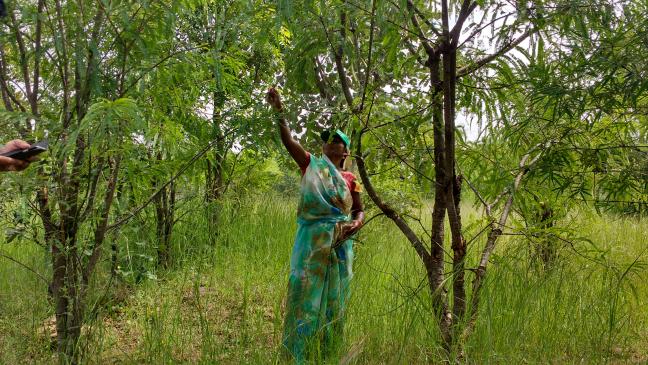RESTORATION OPPORTUNITIES ATLAS: Building Information Bridges for People, Forests and Landscapes

WRI India’s Food, Land and Water program has launched the Restoration Opportunities Atlas for India, available at www.india.restorationatlas.org. The atlas is an interactive web-based platform that brings together fragmented data and through rigorous analysis, answers three questions that are fundamental to forest and tree-based climate action in India:
• Where can forest and tree cover be protected and increased, and how much carbon sequestration will this result in?
• Which tree-based restoration interventions have been implemented in different states? Who are the principal actors who have implemented these projects?
• What necessary enabling conditions need to be in place and what risks addressed to ensure achievement of protection and restoration goals?
The Restoration Opportunities Atlas is developed by WRI India with support and guidance from a technical working group comprising leading organizations and experts in this area. The atlas uses publicly available data sets, as well as data shared by partners.
The key highlights of the Restoration Opportunities Atlas are that it has identified 140 million hectares (MHA) of potential where forests can be protected, near contiguous forest and tree cover can be established through wide-scale restoration, and where trees can be integrated into different land uses through mosaic restoration. The atlas estimates that forest protection and landscape restoration can sequester between 3-4.3 billion tons of carbon by 2040 through above-ground biomass alone. This atlas can enable strategic planning for forest protection and landscape restoration in India to help India meet its Nationally Determined Contribution (NDC) target of sequestering additional 2.5 to 3 billion-ton CO2 equivalent by 2030, as part of the Paris Climate Agreement.
The Atlas provides the requisite data and information to support governments, institutions and civil society in developing national and state-level pathways for forest protection and landscape restoration to achieve the NDC commitments, as well as the national targets underpinning global Sustainable Development Goals (SDGs). Improving forest and tree cover can deliver critical co-benefits. Interventions in protection and wide-scale restoration areas, for instance, are key for supporting the sustenance and livelihoods of nearly 275 million forest dependent population. In rainfed cultivated areas, agroforestry interventions can improve the productivity of land and diversify livelihood opportunities of dependent farmers, particularly small holders.
A podcast on the atlas is available here. Please download the technical note and other resources associated with the atlas here.
Register here for this webinar with Marie Duraisami to learn more about the atlas and the analysis that it offers.

